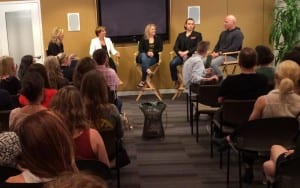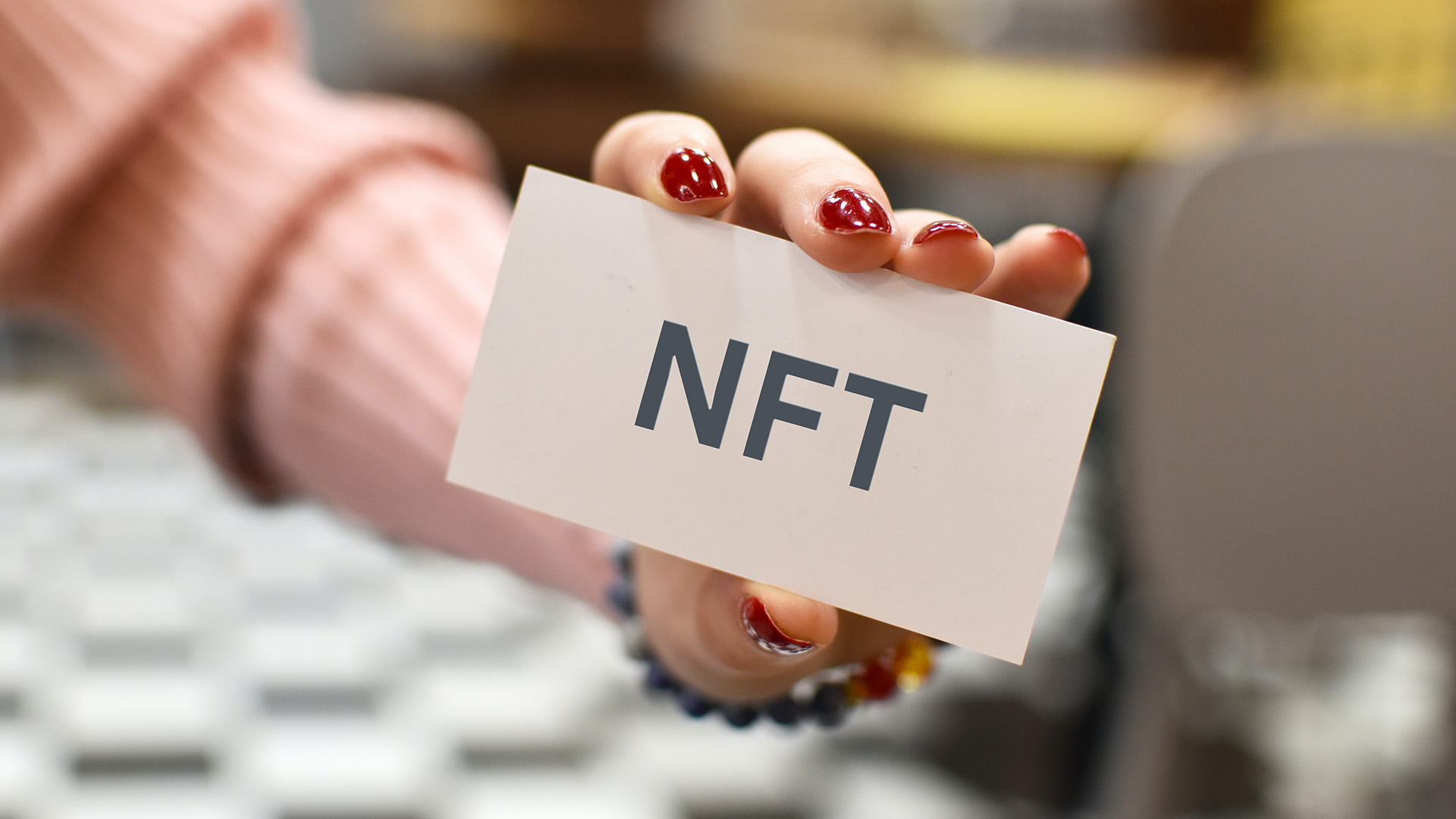 Ketchum New York recently kicked off a brand new wellness initiative, Ketchum F.I.T. (Fitness Influencer Team), with a star-studded panel discussion about the intersection between brands and fitness/wellness influencers.
Ketchum New York recently kicked off a brand new wellness initiative, Ketchum F.I.T. (Fitness Influencer Team), with a star-studded panel discussion about the intersection between brands and fitness/wellness influencers.
Ten years ago, we had one Registered Dietitian on staff at Ketchum. Now we have more than 10 RDs on staff with a network of 1000 RD influencers around the world. Let’s just say we had a hunch back then: RDs were about to break through as important influencers. Fast-forward to today, and they’re called upon daily by media and remain trusted by consumers.
Today, we have a new hunch, and a new opportunity for our clients to engage with credible influencers. According to a McKinsey Report, Health & Wellness is the next trillion dollar industry, expected to reach that level by 2017. I guess you could say it’s more than a hunch.
Fitness instructors across the US, and around the world, are teaching up to 30 classes a week, touching the REAL (not virtual) lives of more than 1000 people each week. Then, they take to their social media and reach thousands more with one click. Fitness instructors are wellness influencers because they walk the walk, their bodies are their brands, and people who follow them from class to class and on social media want to know what they eat, what they wear, what bed they sleep on, how they take care of their skin. Since they look so good, and act so positive all the time, they MUST know the secrets to beauty and happiness.
During our panel, we asked three well-established fitness professionals for their tips on how brands and fitness pros can work together.
Here are three lessons I learned that night:
1. Social Media Doesn’t Work (Unless…)
Celebrity trainer, New York Times best-selling author and panelist Harley Pasternak believes that social media means nothing without substance. He shared that his top celebrity clients tweeted about his book, but when he wrote about it in an article for Yahoo Health, that’s when sales started to spike. He attributed the increase to real content and the deeper messaging he was able to share in the article. Kristi Molinaro, founder of 30/60/90 Fitness and panelist, echoed Harley’s point. She uses social media to build relationships. She knows that the sell happens live in her class, you have to experience the energy to believe it. Adam Bornstein, Founder of Born Fitness, New York Times best-selling author and panelist builds trust on social media by engaging directly with his more than 65K Twitter followers. “You can’t sell anything on Twitter,” he shared, “Twitter is about relationships. Maybe sell on Pinterest?”
Key Takeaway: Use the platforms to build trust and real relationships. Act like a person, not a salesperson, to gain real consumer confidence and credibility (click to tweet). “Selling” happens through real, authentic recommendation once the relationships and trust are in place.
2. Authenticity is Everything
All the money in the world can’t buy trust. It’s built over time. Savvy consumers know when they’re being “sold.” Influencers must be careful to only work with brands that truly fit into their narrative. Harley has been working with brands for 20 years and his best relationships are with brands that he was using before they started working together. He said “I ask myself if you get in bed with this brand, can you look yourself in the mirror everyday?” It’s incredibly easy for him to recommend products that he eats or wears already. My personal recommendation when brands work with spokespeople is that they let them use their own words. It’s sometimes tempting to try to get them to use our “approved” key messages, but their fans won’t believe it if it’s not in their own voice. My counsel to clients in the room was to try to give up some control – as hard as this may be.
Key Takeaway: Only forge relationships that make sense, if it’s not real, no matter how many “impressions” it gets, consumers will see right through it.
3. Influencers Build A Bridge
Adam also shared the wisdom that, “The psychology of buying is the resistance to purchase. If you can create a relationship, it breaks down that barrier. The sweet spot between brands and influencers is authentic recommendation.” As I think more about this one, it really sums it up for me. We often look for influencers to amplify our clients’ messages, but instead we should be seeing them as the conduit to breaking down the resistance to purchase (click to tweet).
Key Takeaway: The personal recommendation that says, “I use this, you trust me, it’s ok to spend your money on this,” is worth its weight in gold.
Finally, here are my favorite motivational tips from each panelist:
- Harley: Move more – walk 10,000 steps a day at a minimum!
- Adam: Success breeds success. Identify your barriers and work around them. If you hate running, don’t tell yourself you’re going to run.
- Kristi: Even if you don’t feel like working out, just go to the gym. If you go to the gym and in the first 10 minutes you still don’t have the motivation, let yourself off the hook. Chances are you’ll stay and feel so much better.


